Mathqaf’s Essential Reading List For Modern Arab Art
By Something CuratedCompared to the wealth of literature dealing with modern art in the West, the scholarly and literary contributions to modern Arab art are scarce. Despite the lack of historical perspectives and accounts, the field is developing thanks to a number of active researchers and scholars and an increasing institutional support from regional and international organisations. This reading list curated by Mathqaf, a 2020 founded platform for art and culture from West Asia and North Africa, offers six titles that are ideal for a closer study of modern Arab art including some of the most significant, canonical works dealing with these art histories.
Modern Islamic Art: Development and Continuity, 1997 by Wijdan Ali
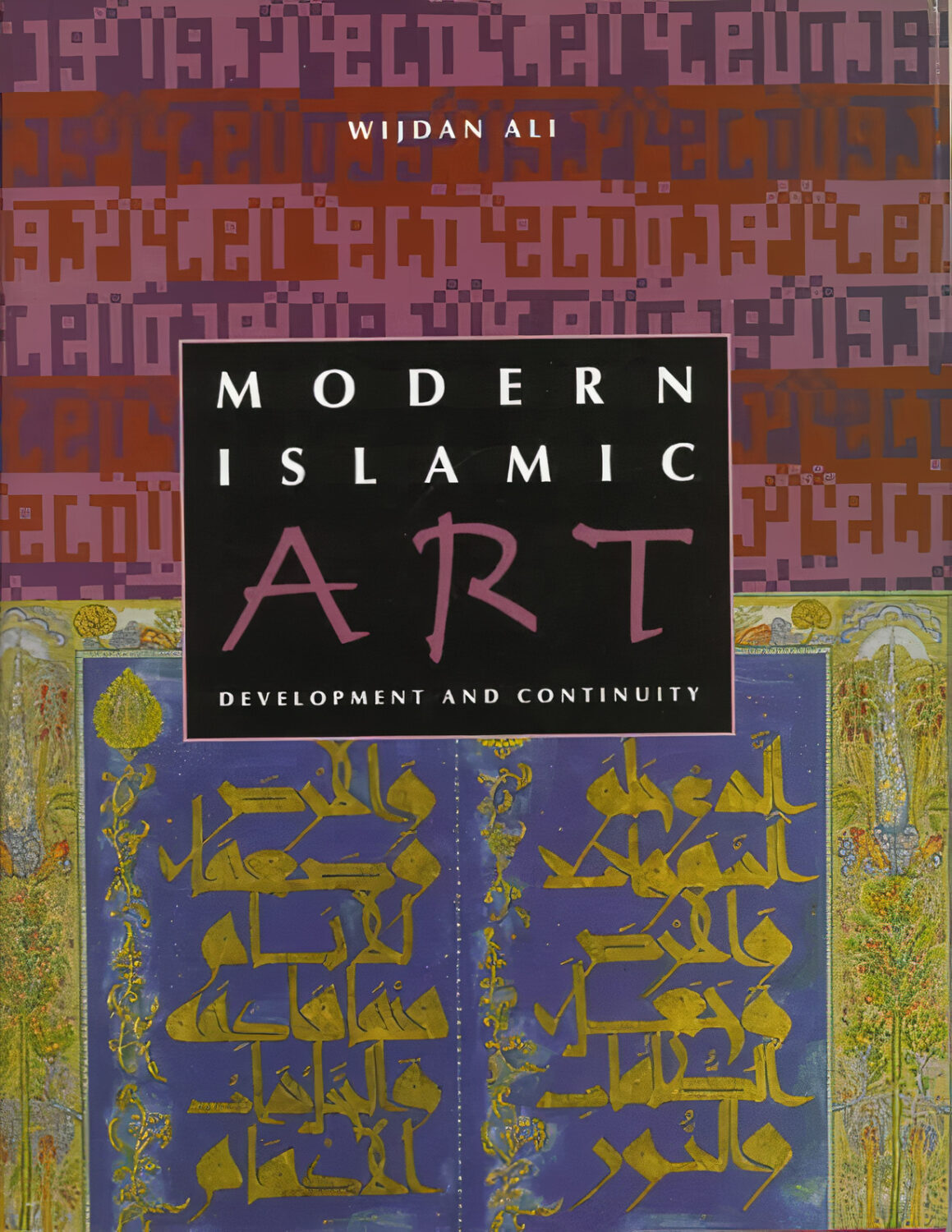
This groundbreaking early study on modern Arab art by a Jordanian artist, scholar and founder of one of the first pan-Arab modern and contemporary art museums, the Jordan National Gallery of Fine Arts (1980), Wijdan Ali, is a seminal work in the field of modern Arab art history. Divided into two main sections, the first part of the book outlines historical artistic developments in the Arab countries as well as Turkey and Syria by introducing different generations of artists including the so-called ruwwad, or pioneering, artists as well as traces the development of the countries’ art institutions. The second part is dedicated to Ali’s argument on the existence of modern ‘Islamic’ art as opposed to an ‘Arab’ art history–a key debate among the scholars of modern Arab art relating to ontological issues concerning art making from this part of the world.
Modern Arab Art: Formation of Arab Aesthetics, 2007 by Nada Shabout
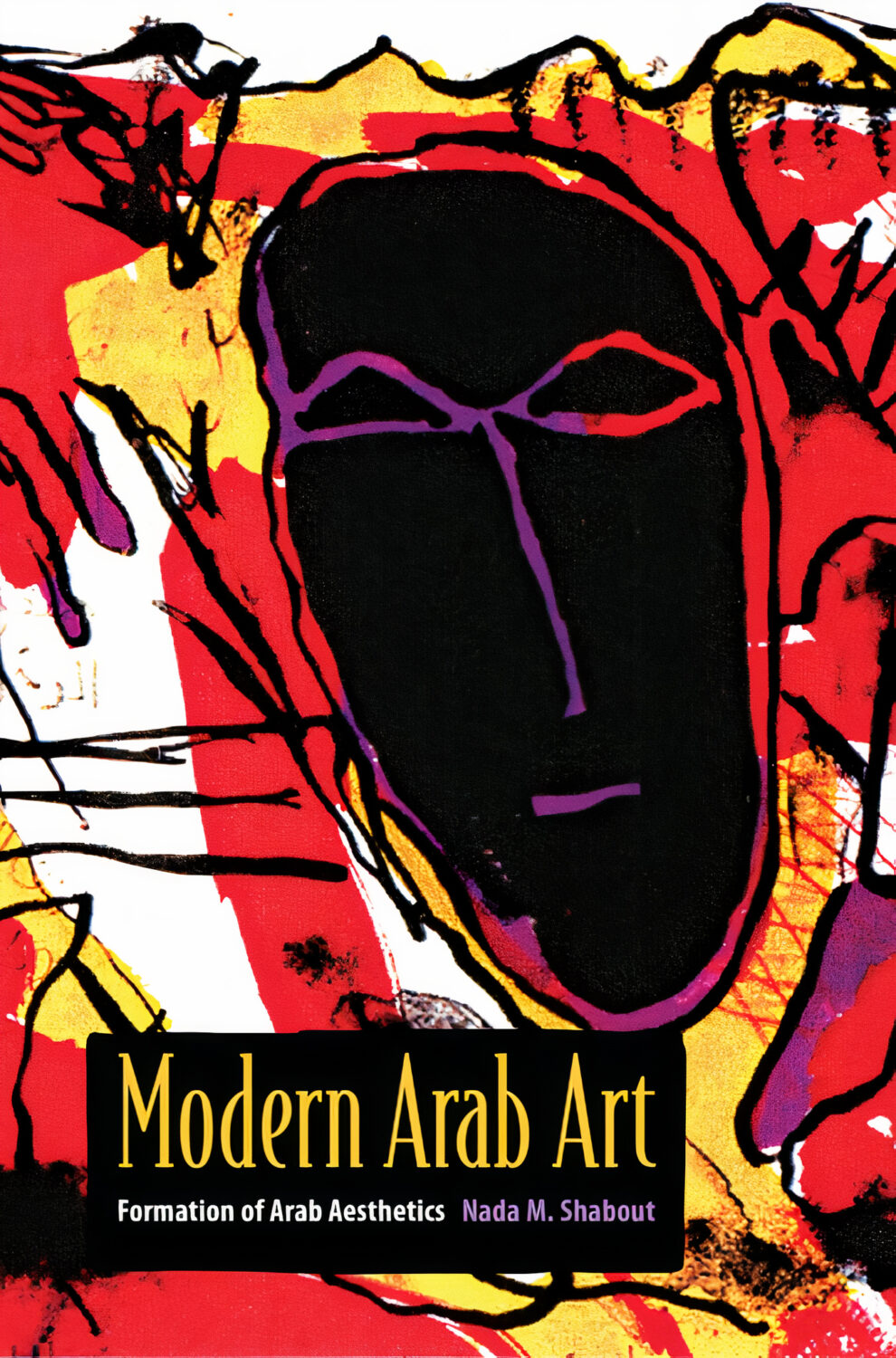
Nada Shabout’s, a professor in art history at the University of North Texas and a key thinker and art historian in the field of modern Arab art, monograph Modern Arab Art: Formation of Arab Aesthetics tracks eloquently the evolution of artistic movements in the Arab world in the twentieth century. Unlike Ali, Shabout does not argue for the existence of modern ‘Islamic’ art but advocates for modern ‘Arab’ art. The monograph is based on extensive fieldwork around the region including numerous artist interviews, gallery visits and analysing a wealth of primary sources. To comprehend the basics of this key debate within the field, we recommend reading Ali’s and Shabout’s works in parallel to get a full insight into the matter.
Modern Art in the Arab World: Primary Documents, 2018 by Anneka Lenssen, Sarah Rogers and Nada Shabout (Editors)
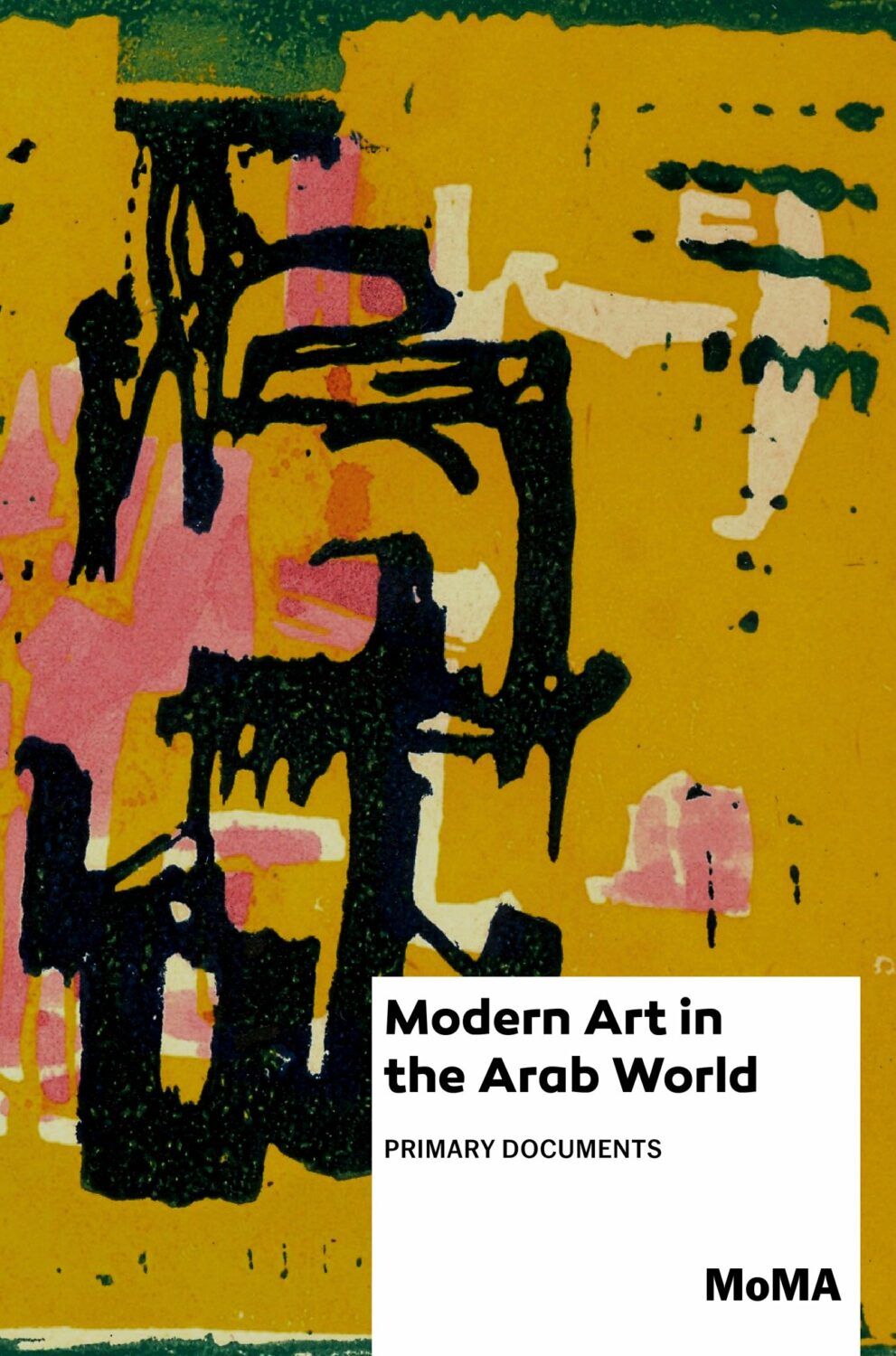
Modern Art in the Arab World: Primary Documents is a must-read for those interested in the primary documents relating to modern Arab arts. The publication offers an unprecedented resource for the study of Arab modernism consisting of a compendium of critical art writings by twentieth-century Arab intellectuals and artists as well as engaging commentaries and short essays from significant scholars. The selection of texts–many of which appear for the first time in English–includes manifestos, essays, transcripts of roundtable discussions, diary entries and letters.
Imperfect Chronology: Arab Art from the Modern to the Contemporary: Works from the Barjeel Art Foundation, 2015 by Omar Kholeif (Editor)
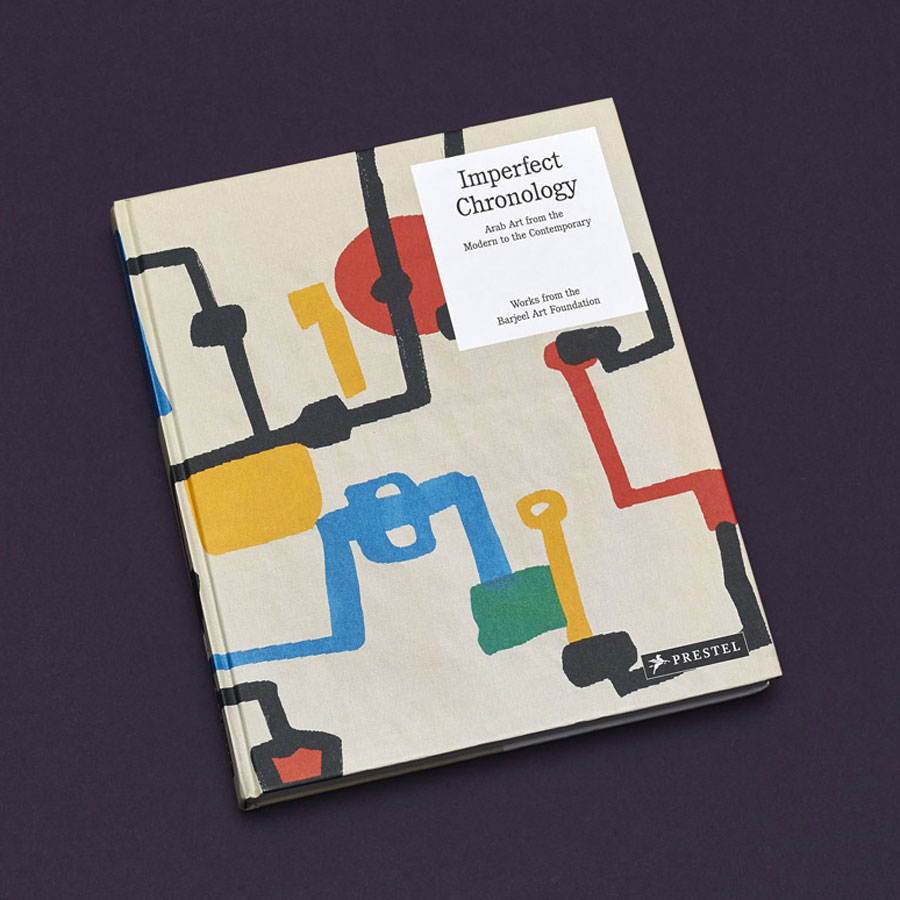
Published in tandem with Barjeel Art Foundation’s exhibition at the Whitechapel Gallery in London (2015), this volume traces the genealogies of modern and contemporary Arab art from the turn of the 20th century to present day. Surveying works by 60 artists from West Asia to North Africa, the collection of 100 works from Barjeel offers a comprehensive reading into the visual narratives that dealt with notions of traditions, territory, and geography. This book includes contributions by leading scholars, artists, and curators such as Sultan Sooud Al Qassemi, Kamal Boullata, Iftikhar Dadi, Omar Kholeif, Edward McDonald-Toone, Rasha Salti, Nada Shabout, and Gilane Tawadros–an essential read for the understanding of modern Arab art.
Arab Art Histories – The Khalid Shoman Collection, 2013 by Sarah Rogers and Eline van der Vlist (Editors)
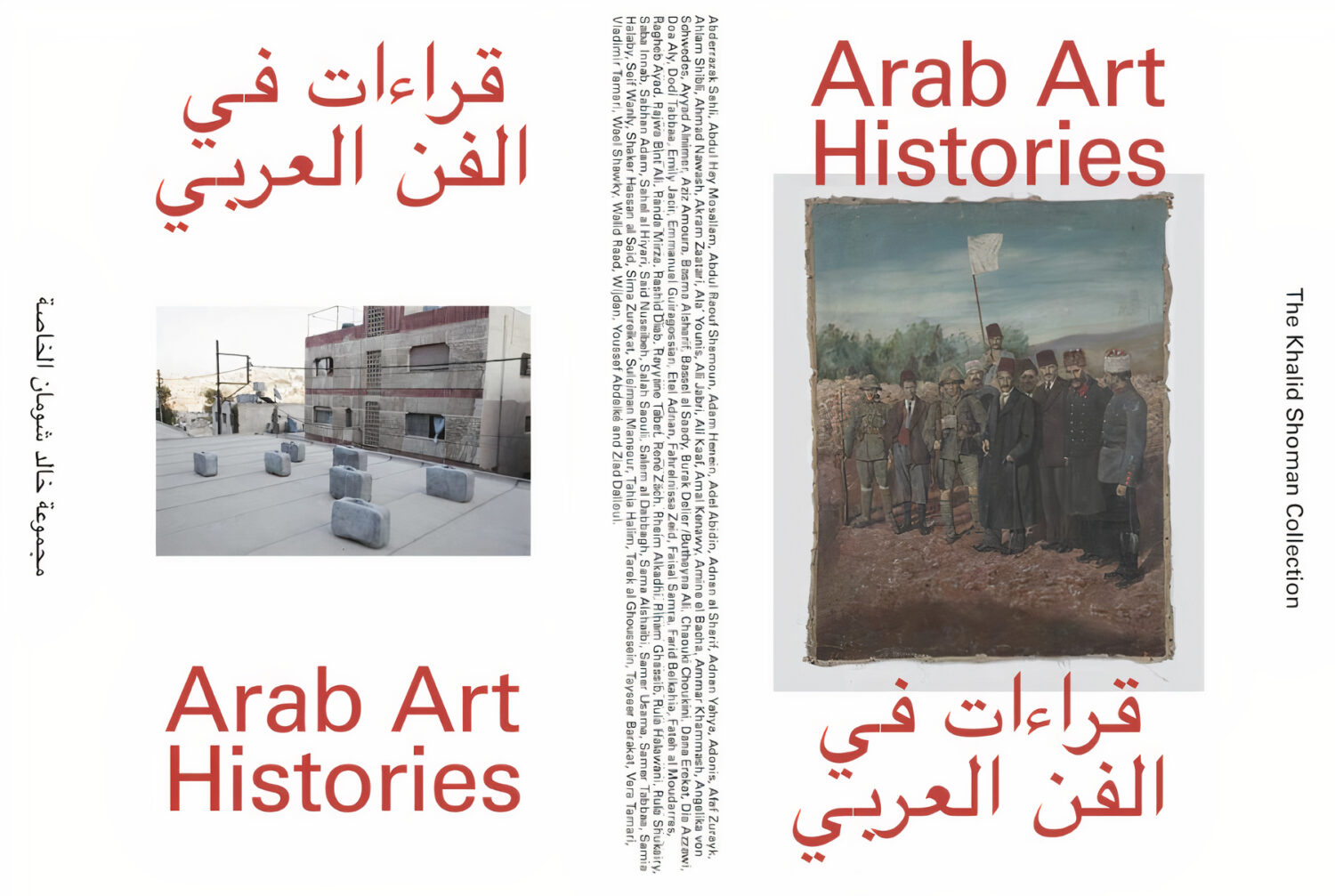
Based on the Khalid Shoman Collection in Amman, this extensive publication groups reflections and chronicles by a number of scholars, artists, curators and architects delving into the potentials of the collection and its indispensable role in defining the canon of art history in the Arab region. Amassed in the early eighties, the extensive collection is a unique survey of modern and contemporary Arab art, comprising a wide range of mediums such as paintings, sculpture, works on paper, photography, video and installation from the last four decades. The book is divided into three sections: the first part offers scholarly essays that delve into artistic and historical preoccupations on account of works from the collection, the second presents personal reflections by artists, curators and scholars who experienced and witnessed the history of Darat al Funun, and the final part surveys works from the collection to convey the shifts and transformations of artistic practices in the region.
Sajjil: A Century of Modern Art, 2010 by Nada Shabout, Deena Chalabi, and Wassan al-Khudhairi (Editors)
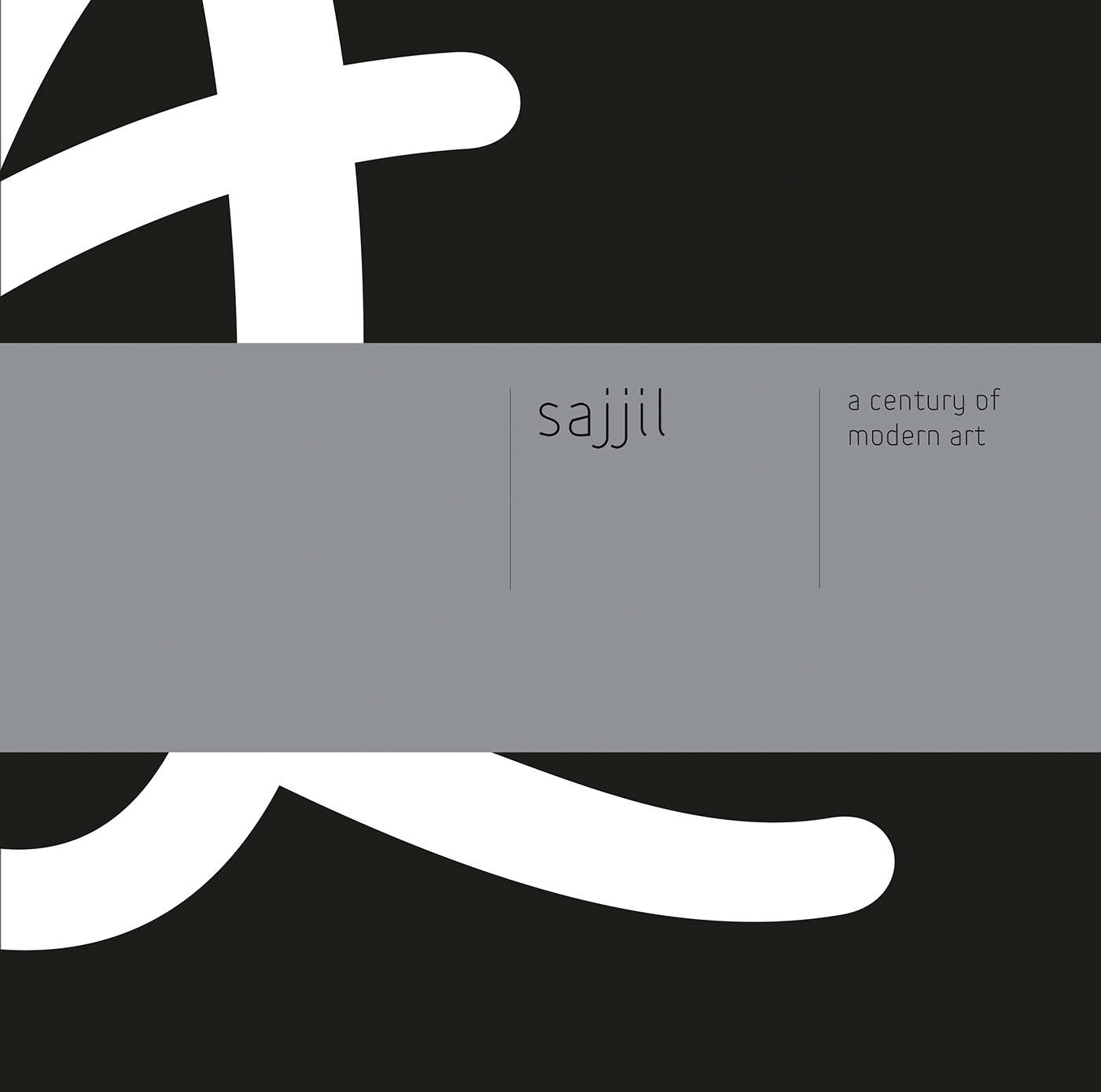
Coinciding with Mathaf: Arab Museum of Modern Art’s inaugural exhibition Sajjil: A Century of Modern Art in Doha in 2010, this catalogue presents one of the first comprehensive readings of modern Arab art. Based on Mathaf’s extensive collection, this volume puts forward a narrative of possibilities that recounts the history of the formation and development of modern Arab art. Meaning ‘record’ in Arabic, Sajjil conceives works of art as records of histories, experiences, and experimentations by artists from the region. Divided into different groupings, the exhibition dealt with ten themes: Nature, City, Individualism, Form & Abstraction, Society, Family, History and Myth, Struggle, Huroufiyah and Doha. This read includes important contributions by Nada Shabout, Deena Chalabi, and Wassan al-Khudhairi that discuss the history of the collection, modern Arab art, and the meaning of ‘Arab art’.
Words by Elina Sairanen and Wadha Al-Aqeedi
Feature image: Kadhim Hayder (Iraq, 1932-1985), How He Wandered with the Heart of a Martyr (From the Epic of the Martyr Series), 1963. Photo: Bonhams